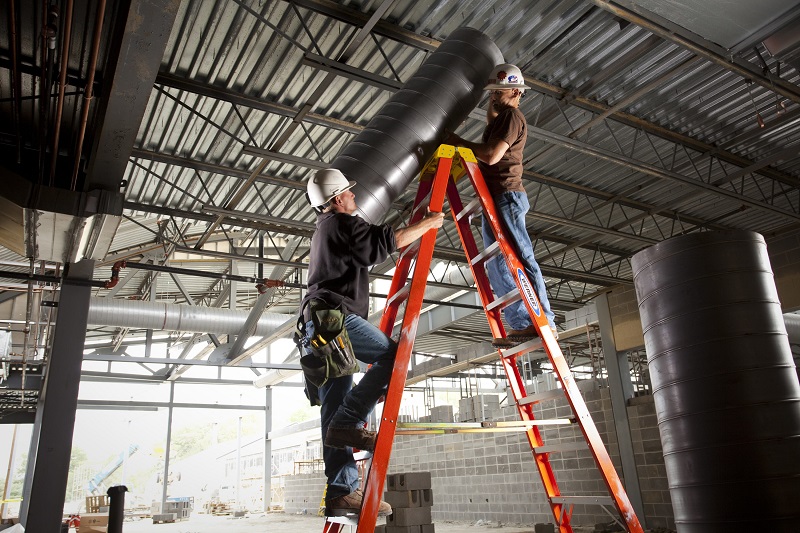Are you a building industry enthusiast? Have you been intrigued by the world of architecture and construction, marvelling at the towering heights they achieve? If yes, then how often do you think about the safety measures those working at such heights take? What ensures that they can do their tasks securely, minimizing the risk of a catastrophic incident? The answer to these complex questions is a crucial one: Height Safety Certification.
In the awe-inspiring world of construction and architectural feats, which continually pushes its limits by constructing monuments reaching further into the sky, safety is paramount. This particularly applies to the safety of those who scale dizzying heights as part of their jobs. A proper height safety certification navigates this concern. It becomes a lifeline, providing the necessary training and education for workers, leading to a safer environment.
In this blog post, we will tackle this rarely discussed, yet vitally important aspect of construction and architecture. Because a beautiful design not only depends on visual aesthetics, but also the invisible threads of safety standards and measures that hold it all together.
Unravelling the Why: The Importance of Height Safety Certification
What truly underscores the need for height safety certification? When work necessitates ascending great heights, the risks associated with that increase exponentially. A slight misstep, a minor equipment malfunction, or a momentary lapse in concentration can result in devastating accidents, sometimes even causing loss of life.
A height safety certification is therefore a precautionary step. Not only does it equip workers with knowledge and training to handle complex tasks safely, but it also ensures adherence to local and global safety standards. This significantly reduces the risk of accidents, helping maintain a secure work environment.
Moreover, there are legal aspects to consider. Certified workers are more likely to be in compliance with safety regulations, helping companies avoid crippling lawsuits, and negative publicity. Therefore, height safety certification is not just a good idea, it is an imperative.
Decoding the What: Components of Height Safety Certification
Safety certification isn’t a stand-alone process. Instead, it’s a combination of various stages, starting with rigorous training sessions, including real-world practical scenarios, helping workers get acclimatized to working at heights.
The certification also covers learning about the latest safety equipment, understanding its proper usage and effective handling during critical moments. Furthermore, this certification incorporates learning about safety protocols and regulations.
Lastly, taking and passing a written examination is a major component of the certification, ensuring that the worker has thorough knowledge and understanding of all aspects related to height safety.

Recognizing the When: Time to Obtain a Height Safety Certification
While it is always advantageous to obtain a height safety certification, there are certain scenarios when it becomes crucial. Generally, if work involves navigating heights above 2 meters from a base level, certification is mandatory.
However, one must also factor in the nature of the workplace. Places with stray electrical lines, unstable platforms, gaps and openings in floors or walls, all heighten the risks of falls. In such environments, a height safety certification is an unavoidable necessity.
Pinpointing the Who: Who Requires the Certification
While the construction industry immediately comes to mind, it’s not the only one to require height safety certification. Any profession that involves working at heights, such as window cleaning, electrical line repairing, billboard installation personnel, all need this certification.
Also, safety officers, site supervisors, and those involved in risk assessment should undertake this certification to maintain a safe and secure workplace for their team.
The Pros and Cons of Height Safety Certification
Like any decision, obtaining a height safety certification comes with its set of advantages and disadvantages. On the positive side, it greatly reduces the risk of accidents, ensures compliance with legal regulations, and creates a safer work environment.
However, it also requires investment in terms of time and money. The certification isn’t a one-time process but needs to be regularly updated to reflect advancements in safety measures and changes in regulations. Therefore, it necessitates continuous learning and improvement.
Conclusion
In conclusion, height safety certification is a fundamental requirement in industries where work involves heights. Its importance goes beyond mere adherence to laws; it is about safeguarding lives, about instilling a sense of confidence in workers knowing they are well-trained and equipped to handle potential hazards.
Despite the necessity for a commitment to continuous learning and financial investment, the benefits inherent in maintaining a safer workspace outweigh them. It’s not just about the visual aesthetics, not just about the architectural feats, it’s a balance of beauty, strength, and safety.

